In the past 3 weeks, I have submitted a total of 2 journal manuscripts (two in Spanish, one in English), 1 conference paper (in English), 1 book chapter (in Spanish) and one co-authored grant proposal (in English). In addition, I have about 8 manuscripts at various stages of development (for the most part, almost completed). You may think that this is bragging (or pure insanity, depending on your viewpoint). The reality is that this is about what I expected.

I have been writing every day for at least 2 hours (although I have calculated that in the past 2 weeks I’ve clocked about 60 hours of writing). The first thing I do when I wake up is make a pot of coffee, make my bed, start my computer and begin writing (you can read my Top 10 Tips for Academic Writing here). But being productive and having done the research and only writing it up is not enough. I needed to start feeling like I was achieving something.
So I began submitting the manuscripts. Not only did I write, but I let them go off my desk. It helps when you have deadlines, be it self-imposed or externally requested. I still have one book chapter (in English) and two journal article manuscripts (one in English, one in Spanish) that I need to polish and send off, on top of two book reviews. But seeing my production on Friday evening, mapping out in a document my output and research trajectory and clearing up my desk made me feel incredibly happy.
So, how did I manage to submit 4 manuscripts and a grant proposal in two different languages in less than a month? There are a number of factors that have increased my productivity manyfold.
1. Writing every day. No day goes by (including Saturdays and Sundays) when I don’t write at least for 2 hours solid, even if it is in 4 chunks of 30 minutes each.

2. Full teaching release. I know, I’m lucky that way. I am not teaching 2012-2013 (although that’s going to stop in the fall and I’m probably getting a 1-2 or 2-2 teaching load, which probably will hinder my productivity).
3. A small army of research assistants. I have 6 research assistants in Mexico, each of whom is working with me on a different project. In addition, I have 4 research students in Canada and 1 in the United States, all of whom are co-authoring research papers with me. Thus, I am getting a lot of help. While I work on one manuscript with the dataset that one of my RAs assembles, the rest are working on something different. I have a very strong work ethic with my research assistants (you can read my philosophy of working with RAs here).
4. Working in parallel on several projects at the time. This is something that may sound weird to other academics, but I actually find it intellectually stimulating to work in parallel. Write bits of one piece here, bits of another piece there. Of course, as each piece nears completion (and some are completed faster than others), I focus more on that one so that it leaves my desk (or computer, as it may be).

5. Submit, submit, submit. The reality is, we are all our worst critics. Every time I read one of my manuscripts, I think that there is something that needs to be improved. So I have learned, through time, to make sure that I don’t submit shoddy work, but I also try to strike a delicate balance with keeping manuscripts in the back burner. I prefer to get them out, get feedback (rejected, revise-and-resubmit, or if I’m lucky, accepted) than keeping them in my computer’s hard drive. I also keep track of which projects I am working on in my office’s whiteboard, and I check-mark those that I have already submitted. By visually keeping track of where I am at, and what I have accomplished, I can sense my own progress.

6. Create the best office environment to work. I have set up a home office both at my parents’ place and at my house in Aguascalientes. I have strong wifi, a printer in each one of them, printer, book/paper holder, corkboard and whiteboard, solid office chairs and a sturdy desk, as well as a small fortune in stationery and office supplies. Because I work first thing in the morning, and sometimes at night, I always ensure I have the best setup for working at home. The same occurs at my office at the university. Every so often I will clear up my desk and rearrange my organizing system so that I can have a clear office and desk. Cluttered workspace, cluttered mind or so they say.

7. Be organized and disciplined. This is perhaps the biggest challenge I face. You can see my office when it’s perfectly organized, but every few weeks/a month I reorganize my office space and my list of priorities. Writing is always the top one.

8. Learn to say NO. This was something that made me really proud. I did miss several international conferences I was scheduled to present at (and I had already even written the papers), but others I actually said no to. Two of them were in fact complicating my life so much that I was supposed to be in Los Angeles on a Thursday, Denver on a Friday and Chicago on a Saturday. I also said NO to a conference in Vancouver (Canada) when I would have had to be in Tokyo (Japan). The logistics would have been impossible in both cases.
9. Don’t get discouraged and keep going. This week I also received 2 rejections (one, a journal article that I actually thought was a slam-dunk, and a grant proposal I also thought was a done deal). Instead of pouting, I’ve been focusing on completing other pieces and submitting additional grant proposals. I can’t let small setbacks create big obstacles. I also rewarded myself by giving myself permission to pout and be angry. And then I began working on another grant proposal.
10. Reward yourself after completing pieces. This is a piece of advice I received from my friend Jo VanEvery, who emphasizes that you should acknowledge what you’ve accomplished (Jo also happens to be an academic coach). I reward myself when I complete a piece of writing. Be it having dinner at my house and a glass of wine, or heading downtown Aguascalientes and having the best tamales in the entire world, or visiting my parents at their hometown and going for brunch with them, or having chocolate, I give myself a reward which also works as an incentive to keep writing.
I’m well aware that my productivity tips are (some of them, at least) very specific to my personal circumstances. Not everyone can have a small army of research assistants, or full teaching release. But I think the overall gist of my post can be applied to anyone. If you set aside 2 hours of writing (as my other guru, Tanya Golash-Boza indicates on her blog) every single day, you can accomplish a lot. Heck you can accomplish a lot in 30 minute increments (as Aimee Morrison suggests)!
Hopefully my advice is helpful to fellow academic writers. I actually wrote it for myself, but it doesn’t hurt to share it with the world. This post also helps me reflect on my own habits and behaviour and correct them when they’re not working well.
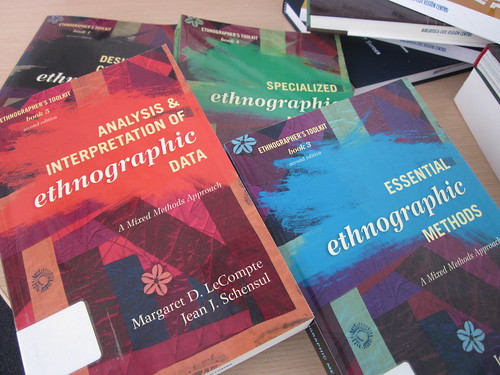
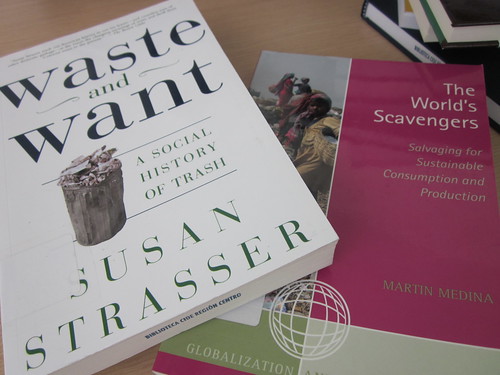
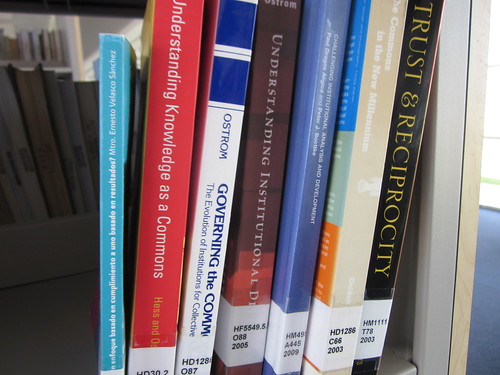
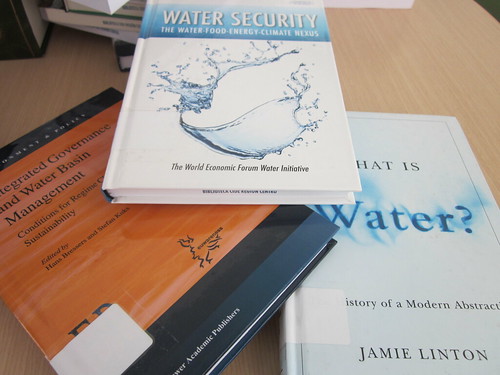
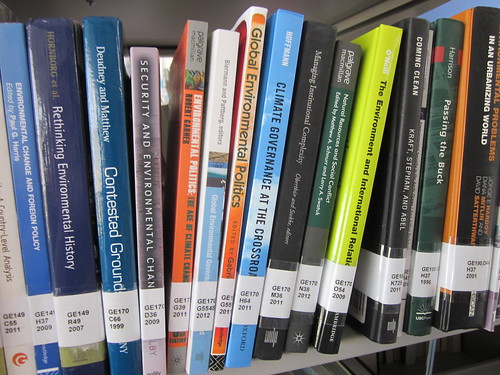
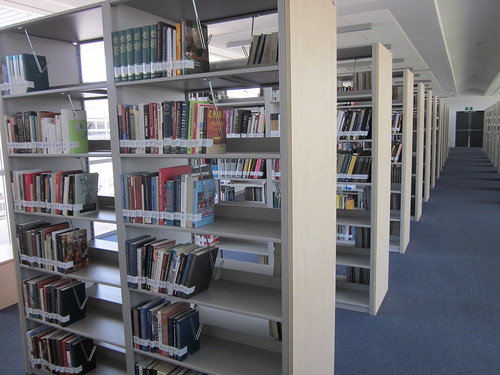
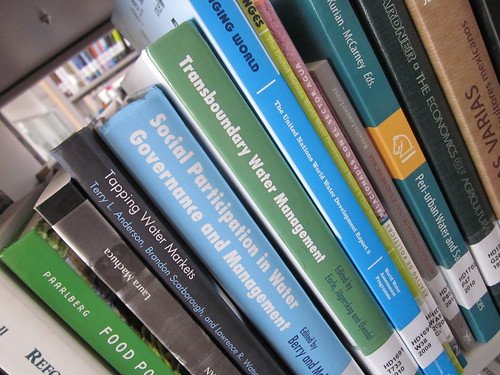
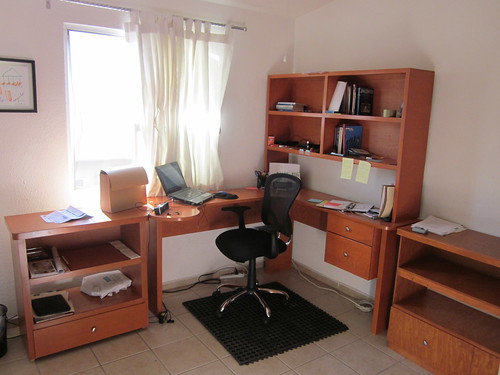
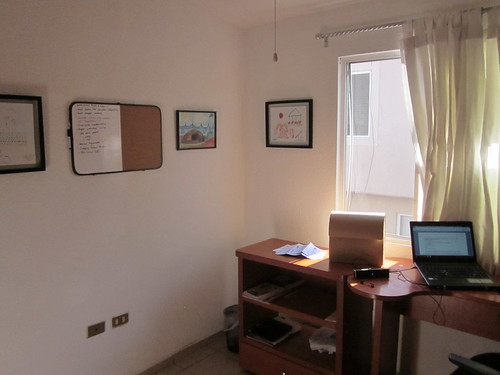





















Recent Comments